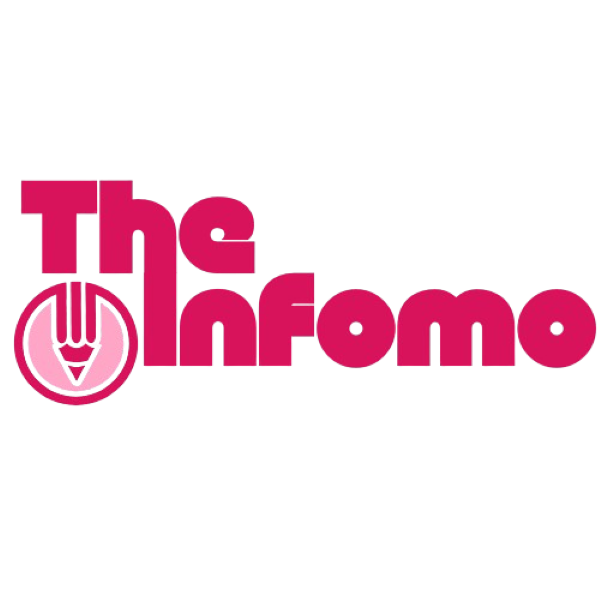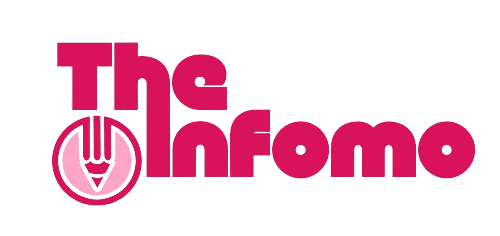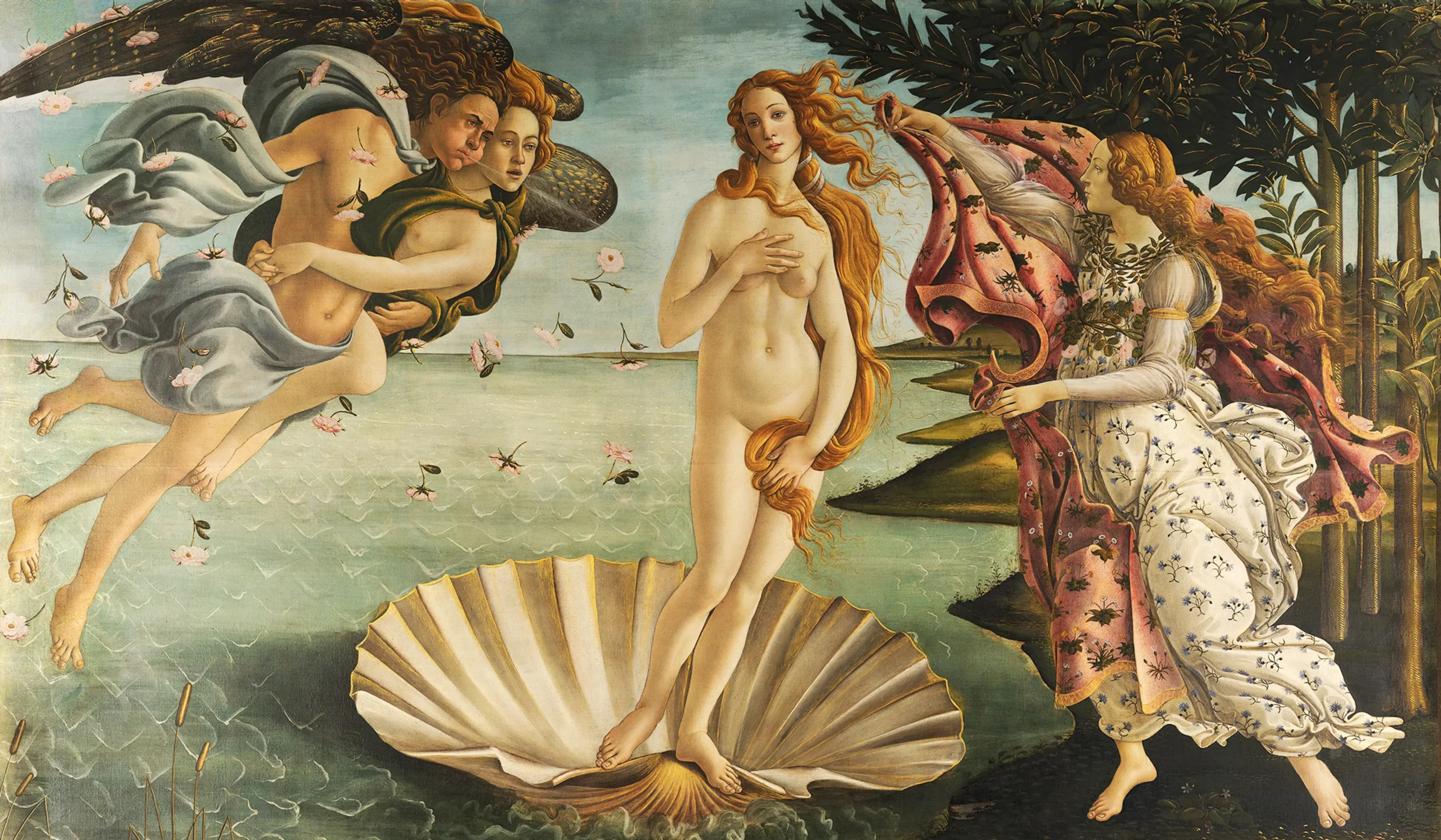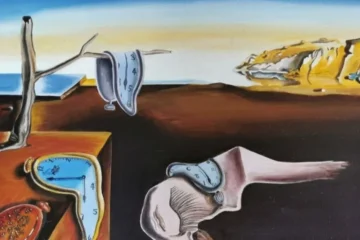Art has been an integral part of human existence for centuries, serving as a medium for expression, communication, and connection. Whether it’s through painting, sculpture, music, or dance, art has the unique ability to evoke emotions, provoke thought, and inspire change. In this blog, we’ll explore the transformative power of art and its impact on individuals and communities alike.
1. Art as a Form of Expression
At its core, art is a means of expression. It allows individuals to convey their feelings, thoughts, and experiences in ways that words often cannot. For artists, the act of creating can be therapeutic, offering a release for emotions and a space to explore their inner world. This process not only benefits the creator but also resonates with those who experience the artwork.
Example: Frida Kahlo’s self-portraits vividly depict her pain and identity, allowing viewers to connect with her struggles and triumphs on a deeply personal level.
2. Fostering Connection and Community
Art has a remarkable ability to bring people together. It serves as a common ground for dialogue and understanding, bridging cultural and societal divides. Community art projects, public murals, and collaborative installations encourage participation and foster a sense of belonging.
Example: Programs like community mural projects or art fairs not only beautify spaces but also create opportunities for people to collaborate, share stories, and celebrate their shared humanity.
3. Art as a Catalyst for Change
Throughout history, art has been a powerful tool for social and political change. Artists use their platforms to raise awareness about important issues, challenge norms, and inspire action. From protest songs to politically charged artworks, creativity can mobilize communities and spark movements.
Example: The iconic “Hope” poster by Shepard Fairey, created during the 2008 Obama campaign, illustrates how art can influence political discourse and rally support for a cause.
4. Enhancing Mental Health and Well-Being
Engaging with art—whether through creation or appreciation—can have profound effects on mental health. Studies have shown that art therapy can reduce symptoms of anxiety and depression, improve emotional regulation, and enhance overall well-being. Moreover, simply surrounding ourselves with art can create a calming environment that promotes mindfulness.
Example: Art classes and workshops provide a safe space for self-exploration, helping individuals cope with stress and discover new coping mechanisms.
5. Art in Everyday Life
Art isn’t confined to galleries or museums; it permeates our everyday lives in numerous ways. From the design of everyday objects to the music we listen to on our commutes, art influences our experiences and surroundings. By incorporating art into our daily routines—through home decor, fashion, or even food presentation—we enrich our lives and inspire creativity.
Example: Thoughtfully designed spaces, whether at home or in public, can evoke emotions and enhance our experiences, making the world feel more vibrant and engaging.
Conclusion
The transformative power of art lies in its ability to connect, inspire, and heal. As both creators and consumers, we have the opportunity to harness this power in our lives. Whether you’re an artist, an art enthusiast, or someone simply looking to incorporate more creativity into your day-to-day routine, remember that art is a fundamental part of the human experience. Embrace it, celebrate it, and let it shape your life in meaningful ways.



